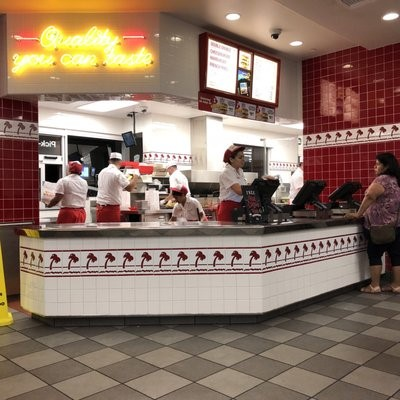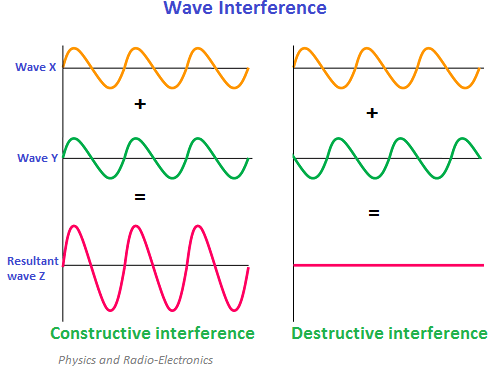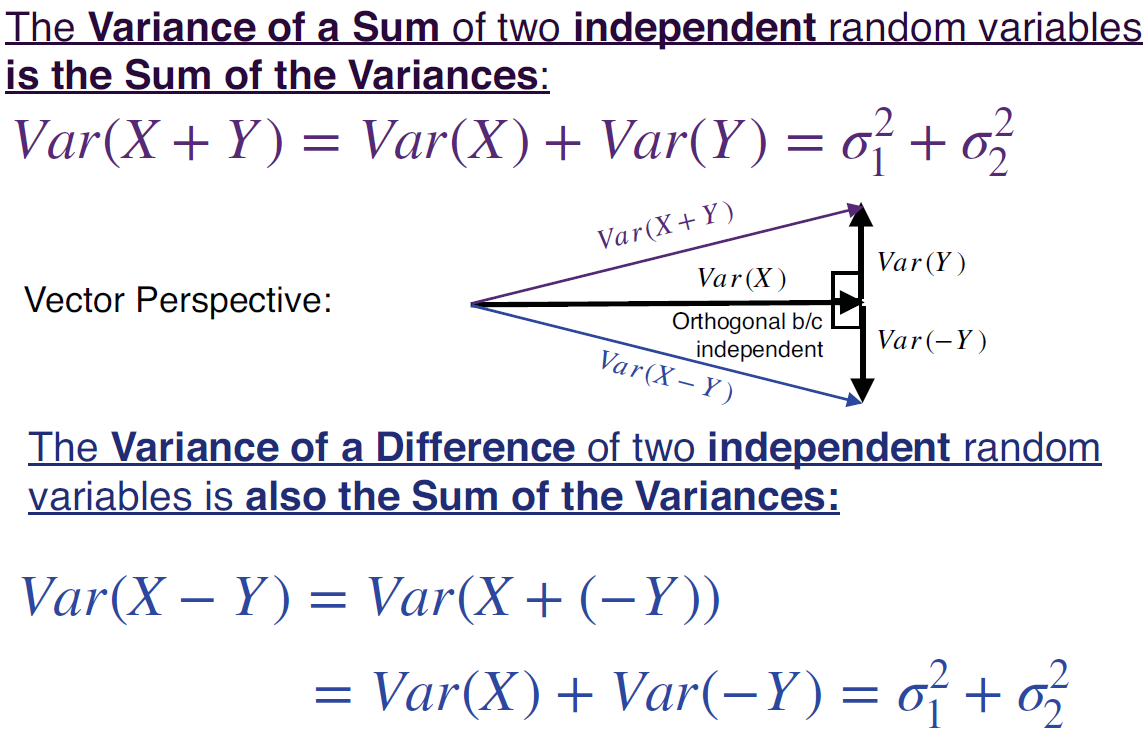Setting
We will once again visualize the act of ordering food at In-n-Out.


Independence

Are
Covariance
True or False?
False. In general,
Motivation for Independence
As you probably suspected,
Covariance
We define the covariance of random variables as
Derek’s Intuition
As an analogy, the random variables somewhat act like waves in that they can work together and grow or somewhat cancel each other out.

- Image source: https://www.physics-and-radio-electronics.com/physics/waveinterference.html
The Pythagorean Theorem of Statistics

- Image credit: Bioinformatics professor Dr. David Ardell
Covariance

- Compute the covariance in the In-n-Out setting
Continuous Joint Probability Distribution Functions
We will once again visualize the act of ordering food at In-n-Out.
with joint PDF
Are
Compute the covariance in the In-n-Out setting

Looking Ahead
due Fri., Mar. 10:
- WHW7
- LHW6
- Internet Connection (survey)
Exam 2 will be on Mon., Apr. 10
no lecture on Mar. 10, Mar. 24
